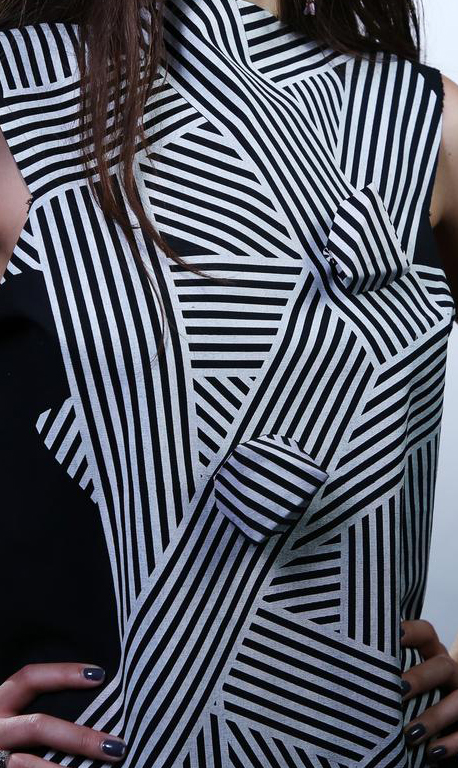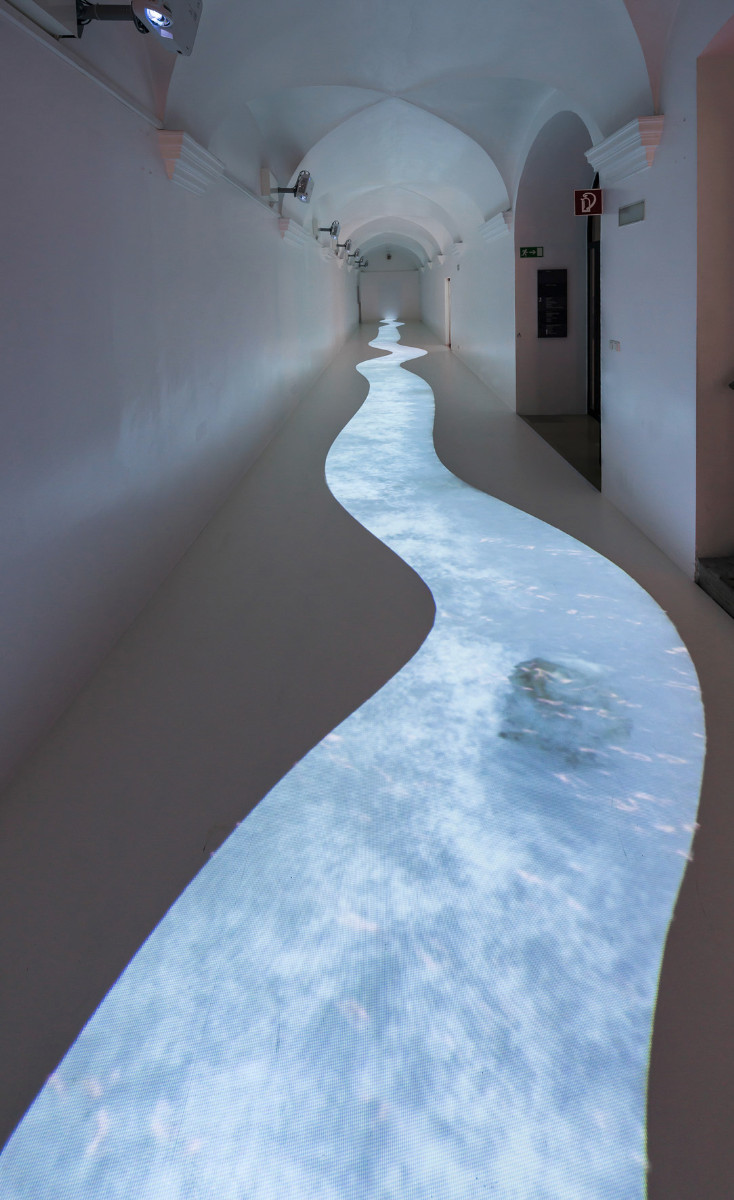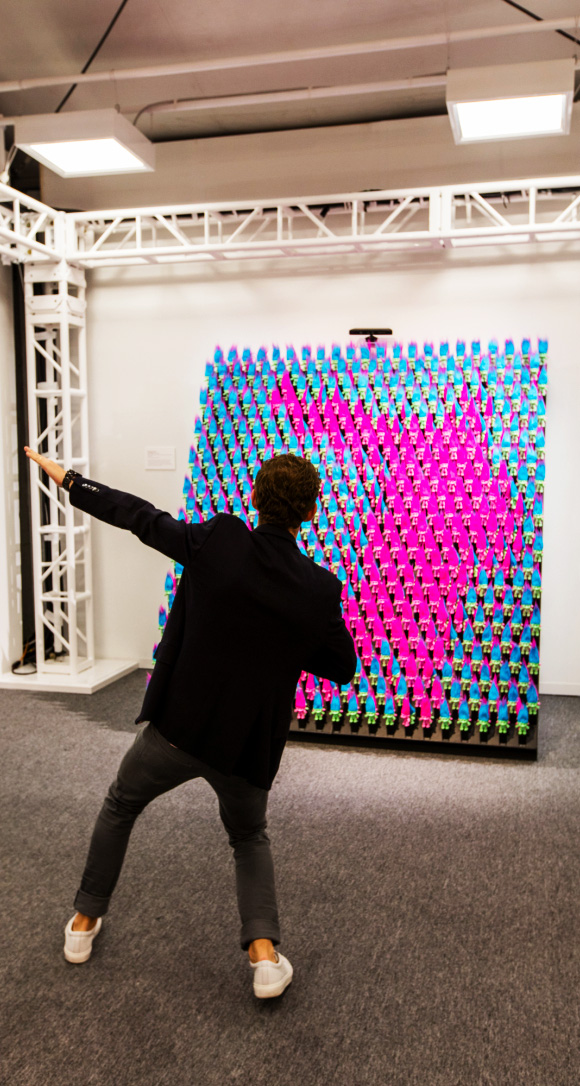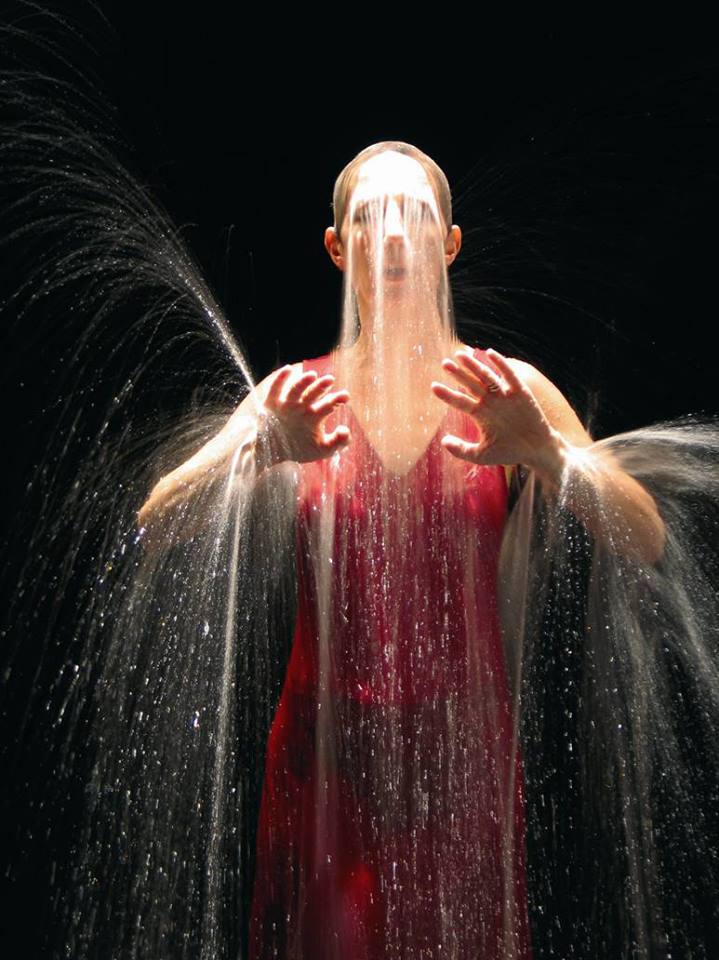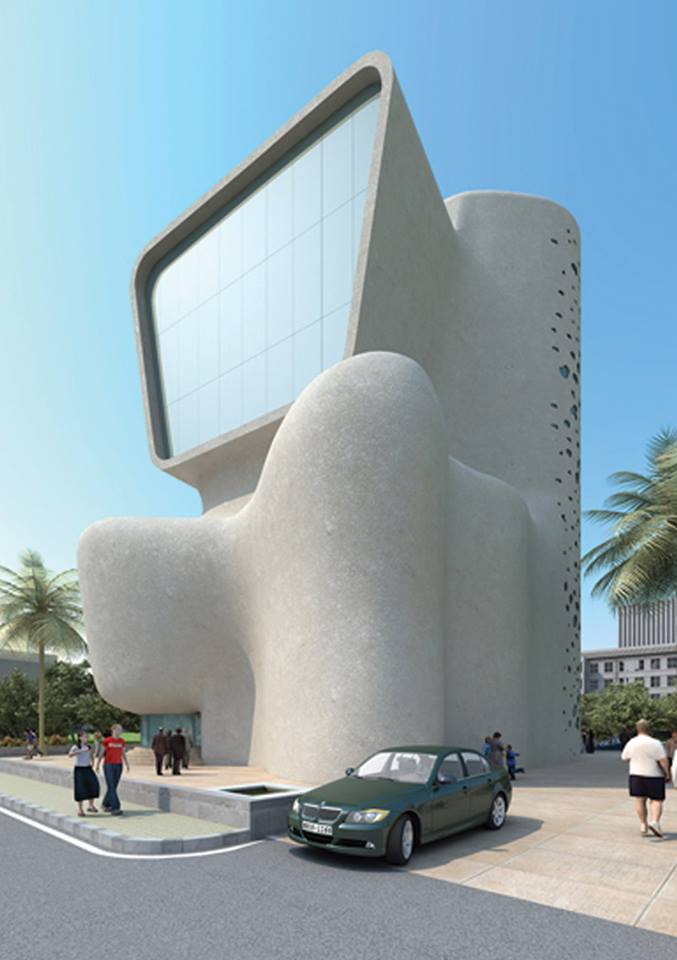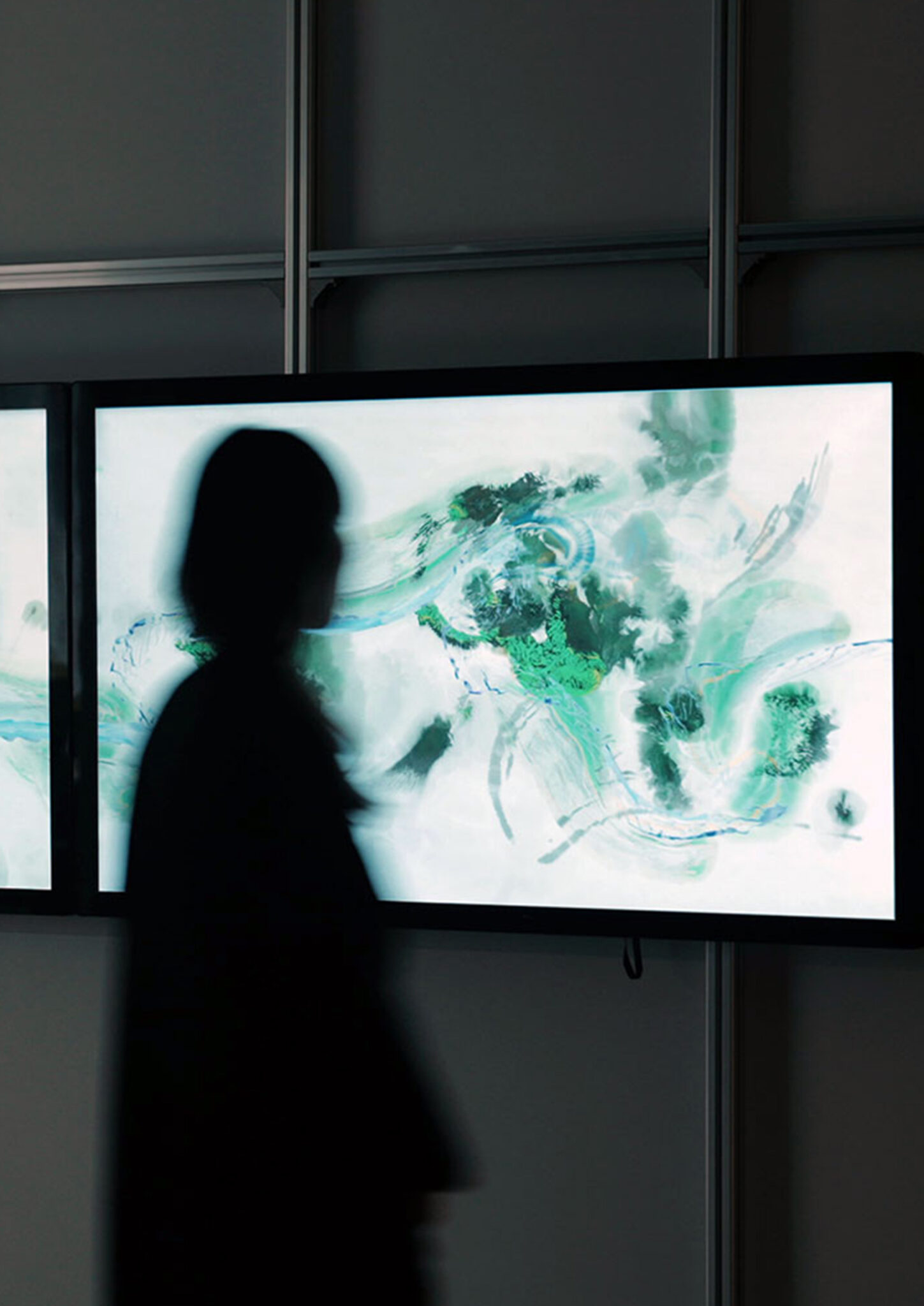
QUBIT AI: Seph Li
Everything Before, Everything After
FILE 2024 | Installations
International Electronic Language Festival
Seph Li – Everything Before, Everything After – China and UK
A digital installation features a winding river in the style of Chinese painting, symbolizing time and transition. Touch screens allow visitors to paint over it, altering its course unpredictably. The river embodies history and the future, with each trace contributing to its eternal flow through space and time. Recorded interactions ensure its perpetual existence.
Bio
Born in Beijing in 1988, Seph Li has a mixed background in technology and design, and his keen interest in interactive artworks led him to the field of media arts. Seph studied computer science and entertainment design at Tsinghua University and continued his master’s study in design/media arts at UCLA. Seph currently resides in London, United Kingdom; he creates interactive artworks as well as technical experiments with other production studios.

